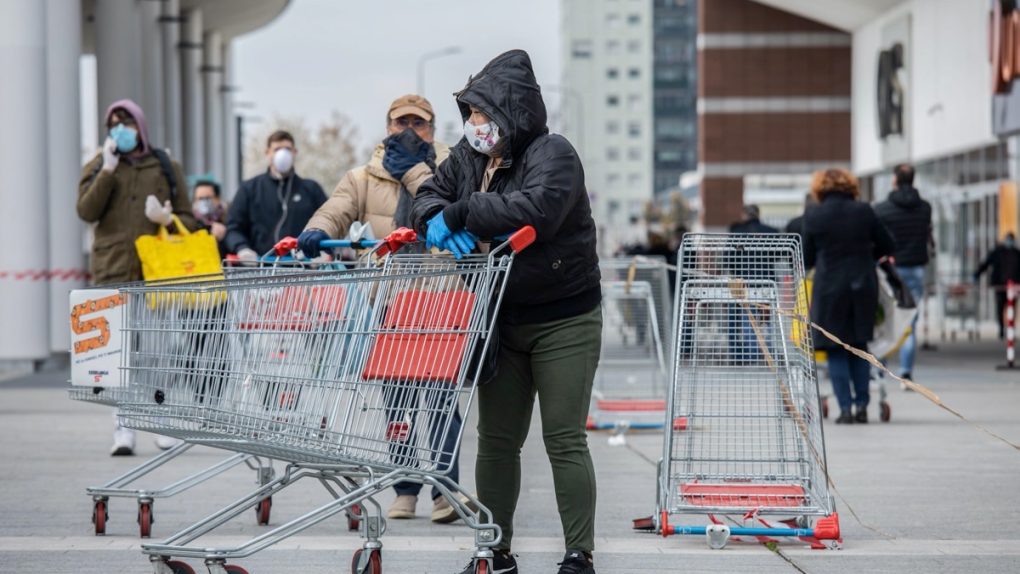- Former FDA chief says the real number of coronavirus cases in the United States is likely 10 to 20 times higher than reported.
- Many people with mild symptoms were never tested, painting an unclear picture of how widespread the virus is.
- The good news is that the overall fatality rate is likely much lower than has been reported based on the figures.
- Visit BGR’s homepage for more stories.
Former FDA chief Scott Gottlieb told CNBC that he believes the true number of cases of novel coronavirus in the United States is far higher than the reported number. In fact, he estimates that the real figure is anywhere from 10 to 20 times higher than the 787,900 confirmed cases reported by doctors across the country.
If Gottlieb’s estimates are accurate, that would put the true number of coronavirus cases in the US as high as nearly 16 million. That’s roughly 5% of the entire US population. It sounds incredibly frightening, but if this is true it would actually be good news, at least in some ways.
Since the novel coronavirus pandemic began, estimates of its fatality rate have hovered around 3% to 5%. Based on the latest available figures, it’s closer to 5% if we compare confirmed cases with confirmed deaths. A 5% fatality rate is very high and would mean that one out of every 20 people who get COVID-19 ultimately die from the infection.
However, if the true number of infections is actually closer to 16 million, it brings the fatality rate way, way down. Using those numbers, the actual death rate of COVID-19 would actually be around one-quarter of one percent. That’s obviously much lower, but how accurate are these figures anyway?
It’s difficult to know for certain. After the outbreak began in the US, doctors urged patients without severe symptoms to self-quarantine, rest, and only head to a clinic or hospital if their condition worsened. That means there could certainly be millions of people who had (or still have) COVID-19, but followed the guidelines and simply waited it out.
In most areas, doctors only have the capacity to treat the most severe cases, and someone with a cough and a fever isn’t typically going to be tested for the virus anyway. Without a test, those people never counted toward the official tally of confirmed cases, and we really can’t trust the official numbers to give us a true picture of how widespread the pandemic was or is.
The good news is that we don’t need a perfectly accurate picture of the virus to know if the measures we’re taking are working. Fewer severe cases (the ones that end up being tallied) mean fewer overall cases, and we can see the curve flattening in certain areas where social distancing and stay-at-home orders have been put in place. It’s vitally important that we continue to follow these guidelines to mitigate the “second wave” that scientists are already predicting. Stay safe, and stay home.








